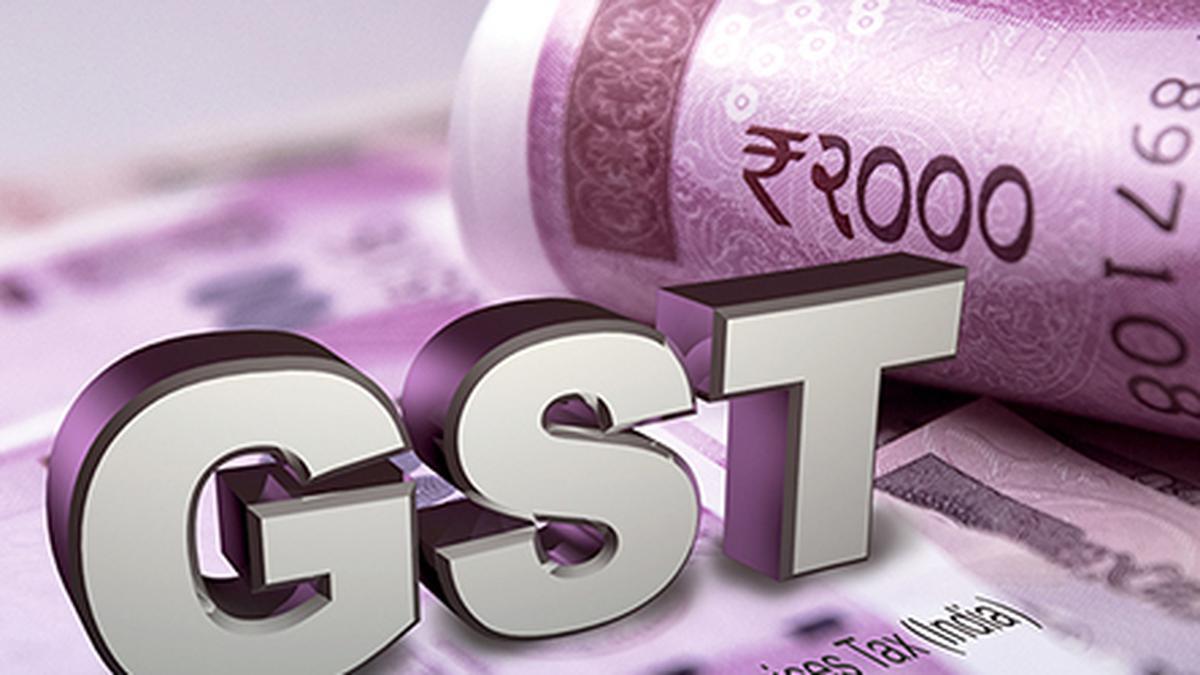
GST revenues grow 12.4% in February 2023
The Hindu
Compensation cess inflows hit record high even as revenues fell over 5% from January 2023
India’s Goods and Services Tax (GST) revenues grew 12.4% in February 2023 to over ₹1.49 lakh crore, with tax receipts from goods imports rising 6% and domestic transactions along with services imports yielding 15% more, compared to a year ago.
The ₹1,49,577 crore gross GST kitty collected in February marks the 12th successive month that monthly revenues have been over ₹1.4 lakh crore, although it was 5.06% lower than January’s ₹1,57, 554 crore receipts. However, the year-on-year growth in January was a tad lower than February at 11.75%.
Central GST (CGST) collections were at ₹27,662 crore in February, while State GST (SGST) accounted for ₹34,915 crore. Integrated GST (IGST) inflows stood at ₹75,069 crore (including ₹35,689 crore collected on import of goods), while GST Compensation Cess collections hit a record high of ₹11,931 crore, which included ₹792 crore on import of goods.
“This month witnessed the highest cess collection of ₹11,931 crore since implementation of GST. Normally, February being a 28-day month, witnesses a relatively lower collection of revenue,” the Finance Ministry said about the February GST receipts that pertain to transactions undertaken in January.
Among the States, the collection trends were very mixed, with 15 States’ reporting growth in line with or higher than the 15% growth in domestic revenue, and 14 States seeing slower upticks. Meghalaya was the only State to report a contraction in revenues, slipping 6% compared to February 2022.
Among major States, Andhra Pradesh’s revenues jumped 39%, followed by the erstwhile State of Jammu and Kashmir (33%), Bihar (24%), Haryana (23%), Tamil Nadu (19%) and Karnataka (18%).
Revenue growth trailed the national average in Gujarat, Chhattisgarh and Telangana, all of which saw an 8% rise. Odisha’s GST kitty rose 10% along with Assam, while West Bengal, Punjab and Kerala reported a 12% uptick.

The Union Budget unveiled on February 1, 2025, has come at a time of unprecedented global uncertainty and a flagging domestic economy. The real GDP growth is estimated at 6.4% for 2024-25 and between 6.3-6.8% for 2025-26, a far cry from >8 percent growth required annually to make India a developed nation by 2047. While much attention has been devoted to the demand stimulus through income tax cuts, not enough is said about the proposed reforms in urban development, tariff rationalisation, and regulatory simplification aimed at making Indian cities and corporates more competitive. Since the majority of economic activity is located in cities (urban areas account for ~55% of GDP) and produced by large corporates (~40% of the national output and 55% of India’s exports), the above-mentioned reforms have a pivotal role in improving India’s trend growth rate. Below we unpack each reform.












